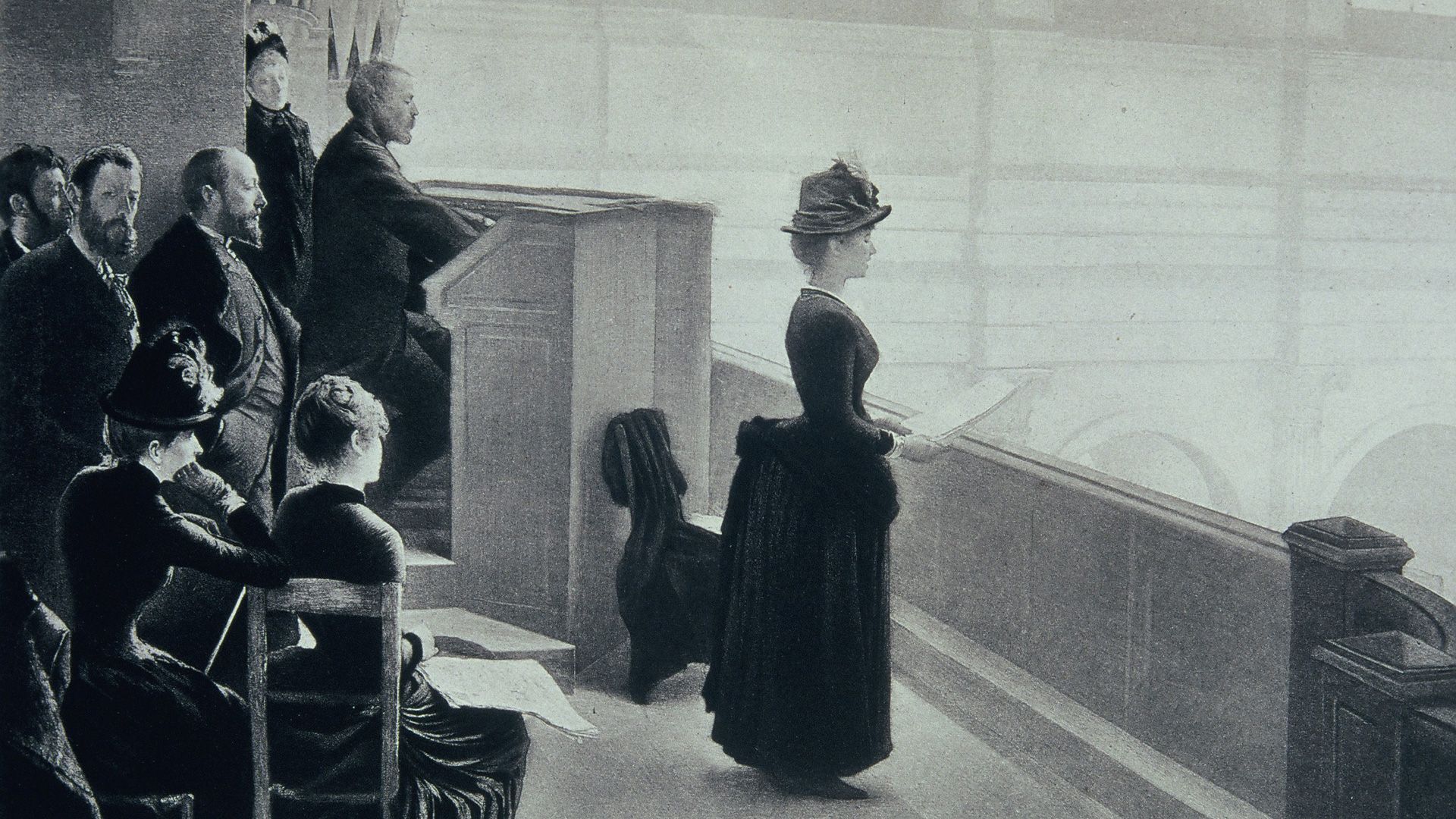
Frequently asked questions
-
How many organs did Aristide Cavaillé-Coll build ?
The question is considerably more complex than might be assumed!
While we do have quite a detailed list from the firm’s order book, based on the company’s partially preserved archives and including chronological information, this is only an initial albeit pivotal source, requiring extensive examination and review. Certain instruments by Cavaillé-Coll are missing, several were subsequently transferred to other locations, and the list, comprising 699 itzms, includes not only secondary contracts such as specialized devices for scientific research and certain major maintenance projects, the sale and installation of second-hand organs and even orders that were cancelled or otherwise not carried out.
Moreover, the company was accustomed to counting significant rebuilds of its own organs as a separate items. Hence, even a thorough examination is likely to result in more or less accurate approximations of a reality that would in many cases need to be more fully defined.
Taking these uncertainties into account, the general consensus is that Aristide Cavaillé-Coll — in collaboration with his father and brother until 1849 – produced some 450 to 500 new or totally rebuilt organs of all sizes. -
Did the Cavaillé-Coll company continue after the death of its founder?
At the very end of his career, Aristide Cavaillé-Coll, after several years of serious financial difficulties, sold his company to a student and former collaborator, who in the meantime had set up his own independent shop in Normandy: Charles Mutin. Several years into the 1900s Mutin added his name to the famous nameplate (“Mutin-Cavaillé-Coll”) and built many instruments until his retirement in 1923. Auguste Convers of Lyon took over until in the early 1930s, when various new owners, including at one point the Pleyel piano company, succeeded one another, significantly eroding the company’s production and prestige; World War II dealt a final coup de grace. Thereafter, the traditions of the century-old firm were to some extent valiantly perpetuated, but by individual artisans faced with increasingly antithetical stylistic norms…
-
What are the largest and smallest organs that Cavaillé-Coll built?
The largest organ made by Artistide Cavaillé-Coll was that of Saint-Sulpice in 1862 with exactly 100 stops on five keyboards and pedal.
It is also intact today (with two pedals stops added at the end of Charles-Marie Widor’s tenure). The organ Cavaillé-Coll designed for Saint Peter’s Basilica in Rome but never built would have had 128 stops.The smallest organ model delivered was a standard design with four stops (often divided into bass and treble) on a single keyboard with a short pulldown pedalboard. A model of 6 1/2 stops (also on a single manual), corresponding to number 8 of the 1889 catalogue, found widespread favor among French parishes, several dozen of which purchased one. An exception is worth mentioning: the accompanimental organ delivered, probably at the end of the 1880s, to the Jesuit school in Katwijk, Netherlands, a 34-note instrument consisting of a single 8′ Bourdon (see La Flûte Harmonique n° 19, p. 17).
